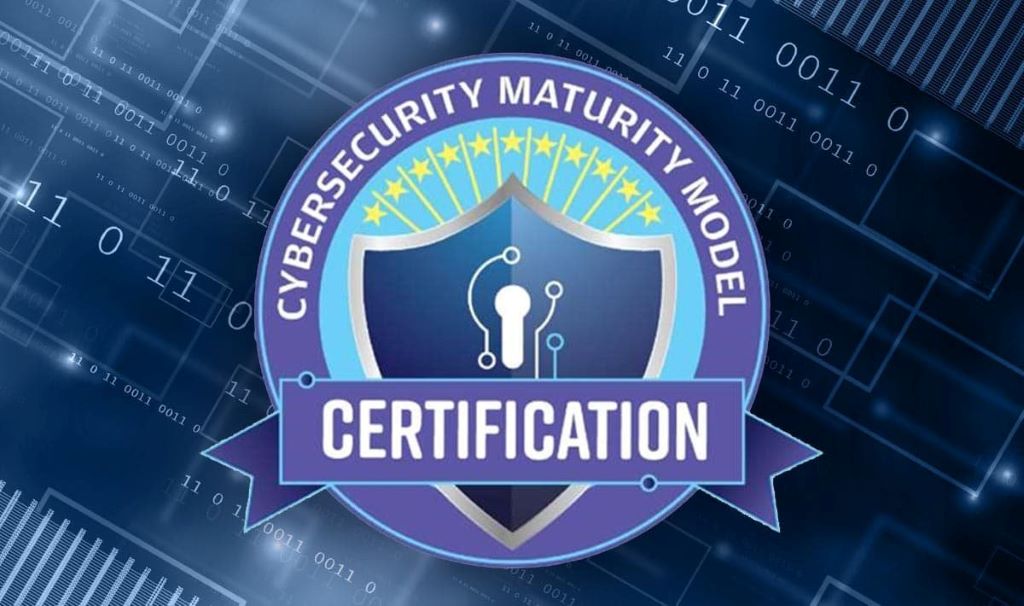There’s a common misconception floating around the world of defense contracting and regulated industries—that earning full CMMC certification means you’ve locked your doors tight and thrown away the key. It’s a hopeful thought, but reality isn’t quite so simple. CMMC is a strong defense, but it’s not a magic shield.
Why Complete CMMC Certification Isn’t an Absolute Shield Against Breaches
CMMC compliance requirements are built to strengthen your cybersecurity infrastructure. But no matter how airtight your system looks on paper, real-world threats don’t follow rules. Cyberattacks are evolving constantly, and even with full certification—whether you meet CMMC Level 1 requirements or have achieved CMMC Level 2 compliance—your system can still be vulnerable. Threat actors don’t wait for gaps in policy; they target weak points in execution, human error, and third-party access.
Achieving certification doesn’t mean your network is invincible. Think of it like locking your house but still leaving the windows open. Certification proves you’re meeting established security practices, but it doesn’t mean your workforce won’t accidentally click a phishing link or that a zero-day vulnerability won’t appear tomorrow. A C3PAO may verify your processes, but attackers aren’t worried about audits—they’re focused on getting in.
The Reality of Residual Risks After Achieving CMMC Compliance
No framework—no matter how detailed—can completely eliminate residual risk. CMMC compliance requirements are designed to bring structure and accountability, but they’re not foolproof. Threats continue to develop, and some of them exploit new attack vectors not yet considered by the framework. Even after completing a CMMC Level 2 compliance audit through a certified CMMC RPO or C3PAO, you’re not guaranteed a breach-free future.
Residual risk can live in overlooked places: an old email server, a poorly maintained firewall, or an unpatched third-party tool. These are the areas attackers look for—places that compliance checklists don’t always catch. And while compliance often demands documented controls, the execution of those controls varies widely in day-to-day operations. That’s where risk lingers.
Exploring the Limits of CMMC in Preventing Cybersecurity Incidents
CMMC isn’t a one-size-fits-all defense against cyber threats. It provides a framework, but each organization’s implementation is different depending on its size, infrastructure, and industry. The CMMC Level 1 requirements are designed for basic safeguarding, which is not enough for organizations with complex digital assets or sensitive Controlled Unclassified Information (CUI). Even CMMC Level 2 compliance, while more robust, doesn’t stop advanced persistent threats or insider misuse.
The truth is, attackers often don’t care about the level of your compliance—they care about the value of your data and the weakness of your users. They study human behavior, exploit patterns, and adapt to whatever defenses they encounter. The more regulated your industry, the more attractive you are. CMMC is a critical layer, but it’s just one part of a broader security strategy.
What CMMC Compliance Really Guarantees for Cyber Protection
So, what does CMMC really offer? In short: a disciplined, measurable, and repeatable approach to securing sensitive data. It ensures your cybersecurity program is not just reactive but actively managed. From risk assessments to access controls, CMMC creates accountability. A CMMC RPO can help guide organizations through these processes, ensuring every control has a purpose and isn’t just there for the sake of the audit.
But it’s important to understand the limits of that guarantee. Certification means you’ve met the CMMC compliance requirements at a certain point in time. It’s not a lifetime badge or an impenetrable barrier. It’s the foundation for a security-first culture—but it must be reinforced with continuous monitoring, staff training, and updates to stay effective.
Beyond Compliance—Additional Measures Needed Against Cyber Attacks
Passing a CMMC audit isn’t the finish line. It’s the baseline. Ongoing protection requires much more than what’s outlined in CMMC Level 2 requirements. Modern organizations need real-time threat detection, 24/7 SOC support, endpoint protection, and constant vulnerability scanning. Compliance frameworks aren’t designed to keep pace with every new exploit. That’s where managed detection and response (MDR) services come into play.
Just because you’re working with a C3PAO or an authorized CMMC RPO doesn’t mean your organization is under active threat surveillance. You need teams who specialize in hunting threats before they become breaches. Automation helps, but it’s human insight and fast response that close the loop. Combining compliance with these operational defenses is the real formula for long-term protection.
How CMMC Reduces, but Doesn’t Eliminate, Cyber Vulnerabilities
CMMC is built to reduce risk, not erase it. It works by promoting mature cyber hygiene—regular patching, access restrictions, and robust policy enforcement. When done right, it can reduce your attack surface significantly. The CMMC Level 1 requirements help you address basic protections, while CMMC Level 2 compliance introduces more advanced controls like audit logging and multifactor authentication.
Still, new vulnerabilities are discovered daily, and not all of them are covered by compliance checklists. What happens when a new exploit hits a vendor you trust? Or when a contractor’s laptop connects to your network without proper segmentation? Those aren’t things CMMC can solve on its own. That’s why adaptive defenses and regular penetration testing are essential, even after certification.
The Practical Truth Even Full CMMC Certification Has Limits
Compliance can give you structure, but it won’t give you certainty. Even organizations that are fully certified face breaches. Why? Because the threat landscape isn’t static. It evolves, reacts, and innovates—often faster than compliance standards can update. Meeting the CMMC compliance requirements is vital, especially in industries tied to defense and federal contracts, but it’s not a silver bullet.
That’s why security professionals always emphasize a layered approach. CMMC lays the groundwork, but continuous improvement, proactive threat intelligence, and a responsive incident management strategy must follow. The practical truth? CMMC certification is a milestone, not a destination—and those who treat it as the endgame are often the first to learn its limits the hard way.

